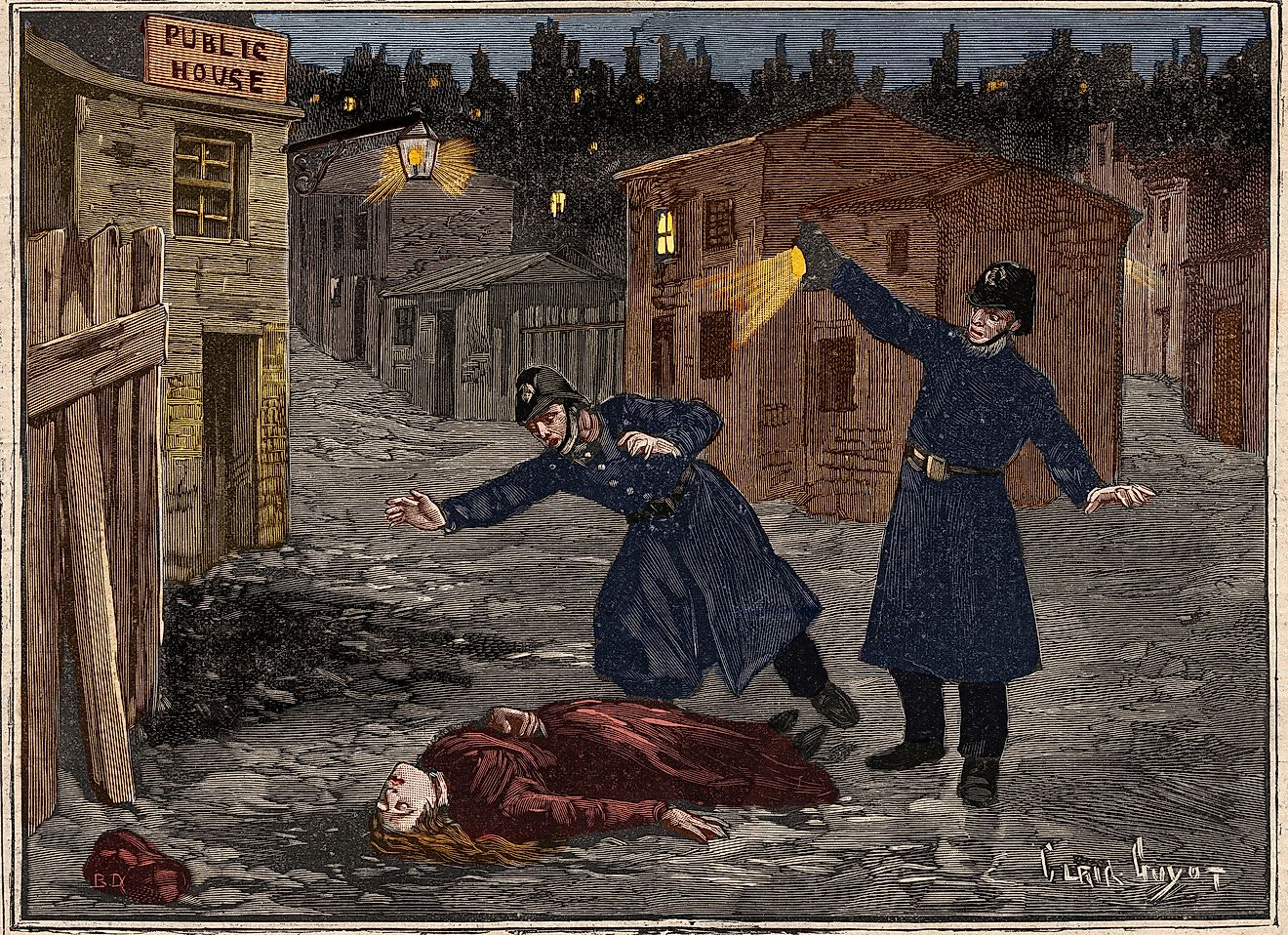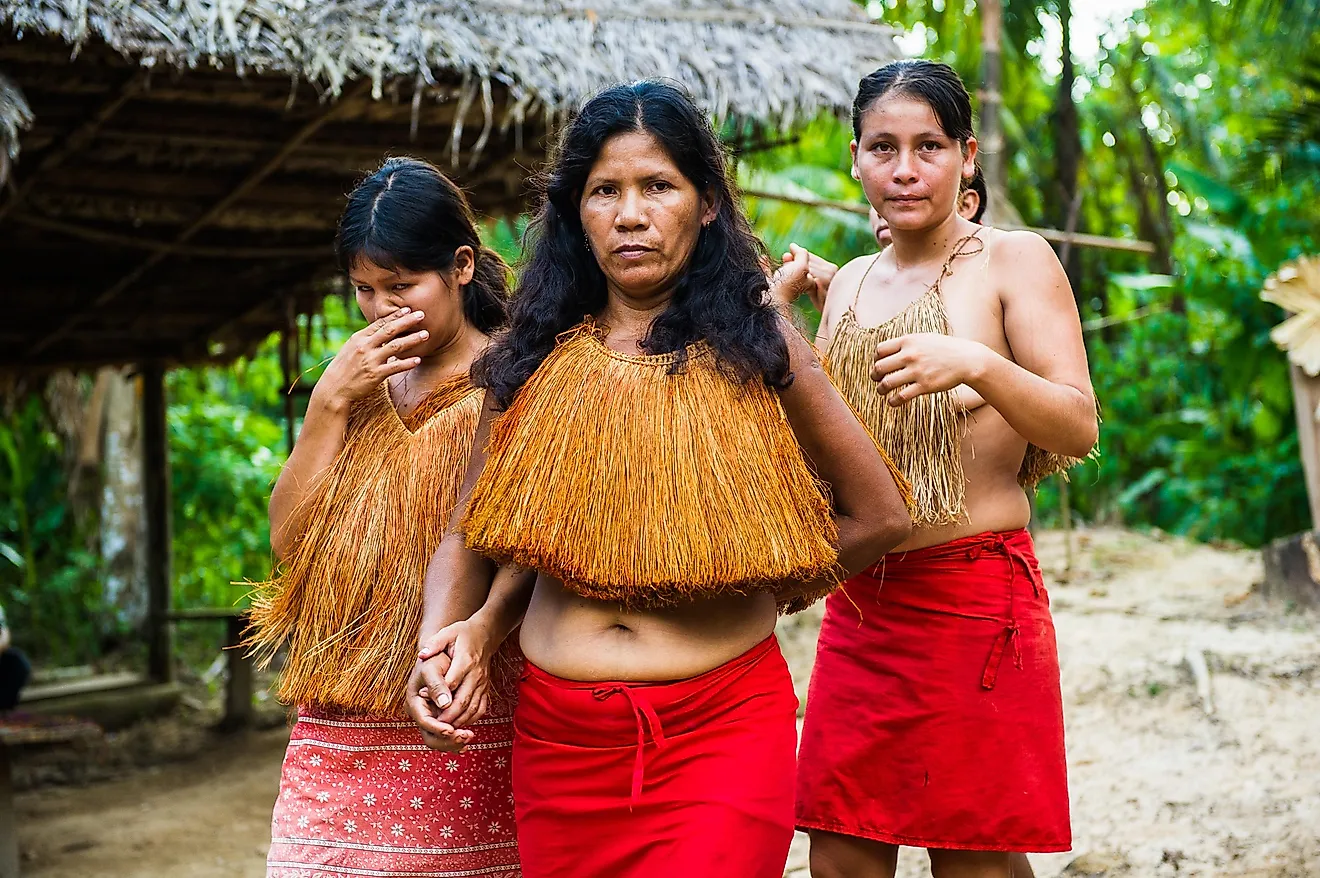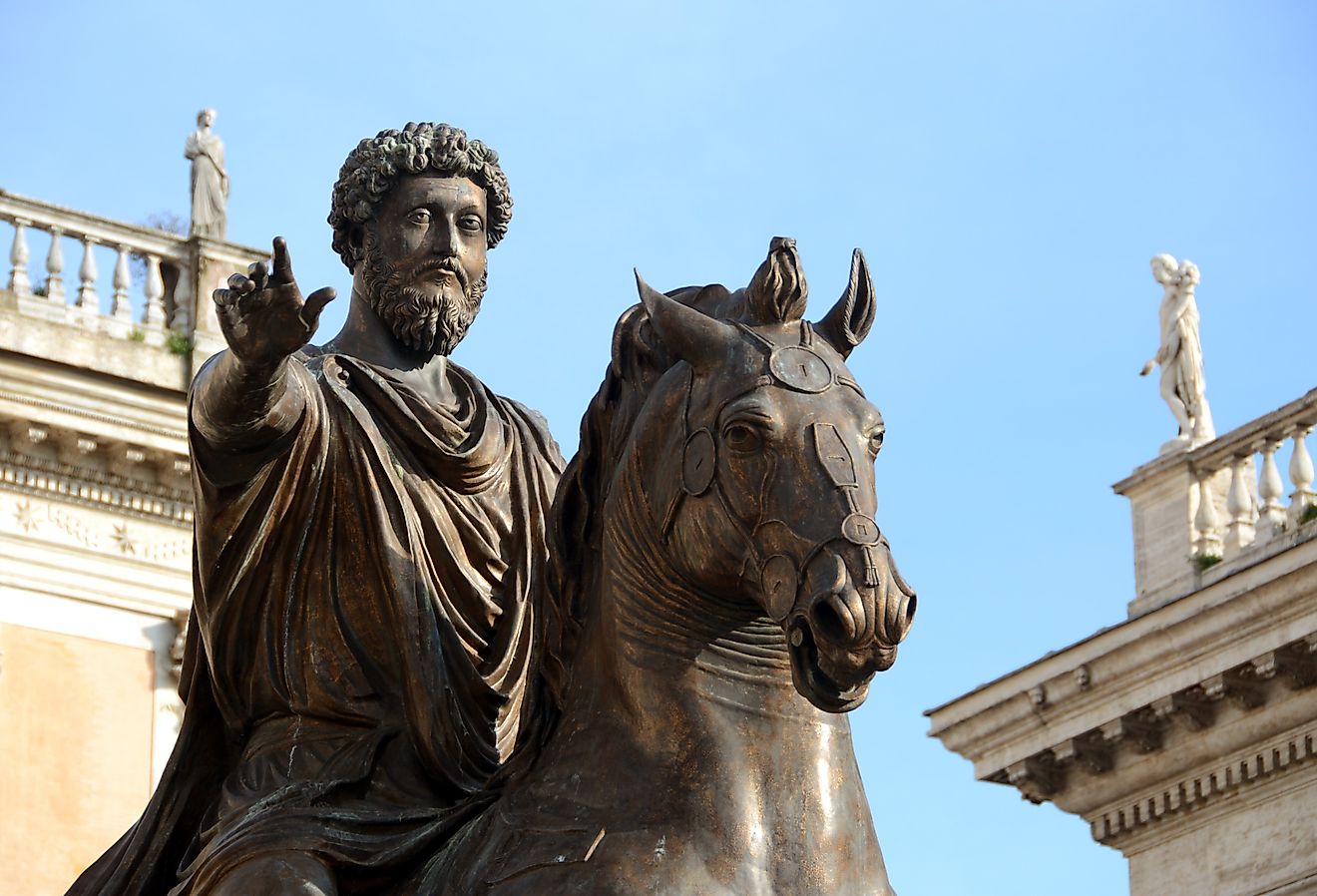What Is The Turkic Language Family?

The roots of the Turkic languages originated in the steppes of Central Asia. From there, they were carried westward by nomadic peoples who reached what are now Turkey and the Balkans, and to the north and northeast by those advancing into what is now European Russia and Siberia, respectively. Comprising some thirty members and spoken by more than 160 million people, they are of the clumping type and typologically quite similar.
Distribution and Cultural Significance of Turkic Languages
Turkic languages are spread over a vast territory ranging all the way from eastern Europe to eastern Siberia and northern China. Their core of this area lies in Central Asia in such countries as Kazakhstan, Kyrgyzstan, Turkmenistan, and Uzbekistan, as well as the Xinjiang region of China. From there, they spread west to northern Iran, the Southern Caucasus, Turkey, and part of the Balkans, and to the north into European and Asiatic Russia, including the area straddling the Volga, Ob and Yenisei Rivers, reaching as far as northeast Siberia and the Arctic Ocean.
Evolution
Turkic languages have been composed using a wide variety of written scripts in the past, including Runic, Uyghur, Brāhmī, and Manichean. The Arabic script was used for all Turkic languages after the acceptance of Islam and until the beginning of the 20th Century when it was interchanged in many countries by the Latin or Cyrillic scripts. It is still used in China and Iran. In the former Soviet Union, Cyrillic-based scripts were imposed for all Turkic languages until its dissolution when some of them started a process of change into the Latin alphabet. The latter was introduced in Turkey in 1923.
Shared Features
Linguists distinguish four main groups among Turkic languages. They include the Northwestern (Kipchak), Southwestern (Oghuz), Southwestern (Karluk), and Northwestern (Siberian), the latter exhibiting the highest level of linguistic variance from the others. Linguistic comprehension of all forms is generally high within and between each one of those groups. Speakers of different groups from the first three groups, and a speaker of one of the first three groups cannot communicate with speakers of the North Eastern group except counting from one to ten, and designating some very common animals, body parts, colors, basic adjectives, which is still amazing considering the thousands of kilometers separating those regions.
Variations in Turkic Alphabets
The different Turkic languages use a set of related alphabets and letters formerly known as runes. Beginning around 150 AD, the alphabet was replaced by the Uyghur alphabet in the Central Asia, the Arabic script in Central and Western Asia, the Greek-derived Cyrillic in Eastern Europe and in the Balkans, and lastly the Latin alphabet in Central Europe. Despite the differences in alphabets, a great deal of similarity in morphology and syntax continue to bind these sections together as having a common history even in the present day.
Role in Religion
Originally, the Turkic peoples practiced shamanism, with their chief deity being Tengri, a Sky god. Manichaeism was later introduced as the religion for the Uyghur Empire in 763. Tibetan Buddhism, or Vajrayana, became the main religion after Manichaeism. They worshiped Täŋri Täŋrisi Burxan, Quanšï Im Pusar and Maitri Burxan. The Turkic invasion in the Indian Subcontinent led to the rapid disappearance of the religions. The Sari Uygurs "Yellow Yughurs" of Western China, as well as the Tuvans of Russia are the only remaining Buddhist Turkic. There are Turks of Jewish backgrounds who live in major cities such as Istanbul, Ankara and Baku. The Khazars widely practiced Judaism before their conversion to Islam. Islam could be considered at present as the major religion for the Turkic people. Today, the principle Christian Turkic peoples are the Chuvash of Chuvashia and the Gagauz of Moldova.
Ancient Turkic Recreation
The Kyz kuu (chase the girl) has been a mark of Turkic festivals since times immemorial. Horses are considered sacred animals by the Nomadic tribes of the Central Asian Steppes. It has since become most important sporting and ceremonial game of Turkic peoples. The other cultural sport still played today are the Buzkashi, from "goat grabbing" in Persian, whereby horse-mounted players attempt to place a goat or calf carcass in a goal.This later became the national Afghanistan sport.
What Is The Turkic Language Family?
| Rank | Notable Turkic Languages | Center of Area Most Commonly Spoken |
|---|---|---|
| 1 | Turkish | Turkey |
| 2 | Gagauz | Moldova |
| 3 | Azerbaijani | Azerbaijan |
| 4 | Turkmen | Turkmenistan |
| 5 | Crimean Tatar | Ukraine and Russia |
| 6 | Kazakh | Kazakhstan |
| 7 | Kyrgyz | Kyrgyzstan |
| 8 | Uzbek | Uzbekistan |
| 9 | Yakut | Russia |
| 10 | Chuvash | Russia |
| 11 | Aini | China |
| 12 | Chulym | Russia |
| 13 | Khakas | Russia |
| 14 | Tuvan | Russia |
| 15 | Uyghur | China |
| 16 | Nogai | Russia |
| 17 | Bashkir | Russia |
| 18 | Kumyk | Russia |
| 19 | Balkan Gagauz | Greece, Macedonia, and Turkey |
| 20 | Afshar | Iraq, Syria, Afghanistan, and Turkey |











